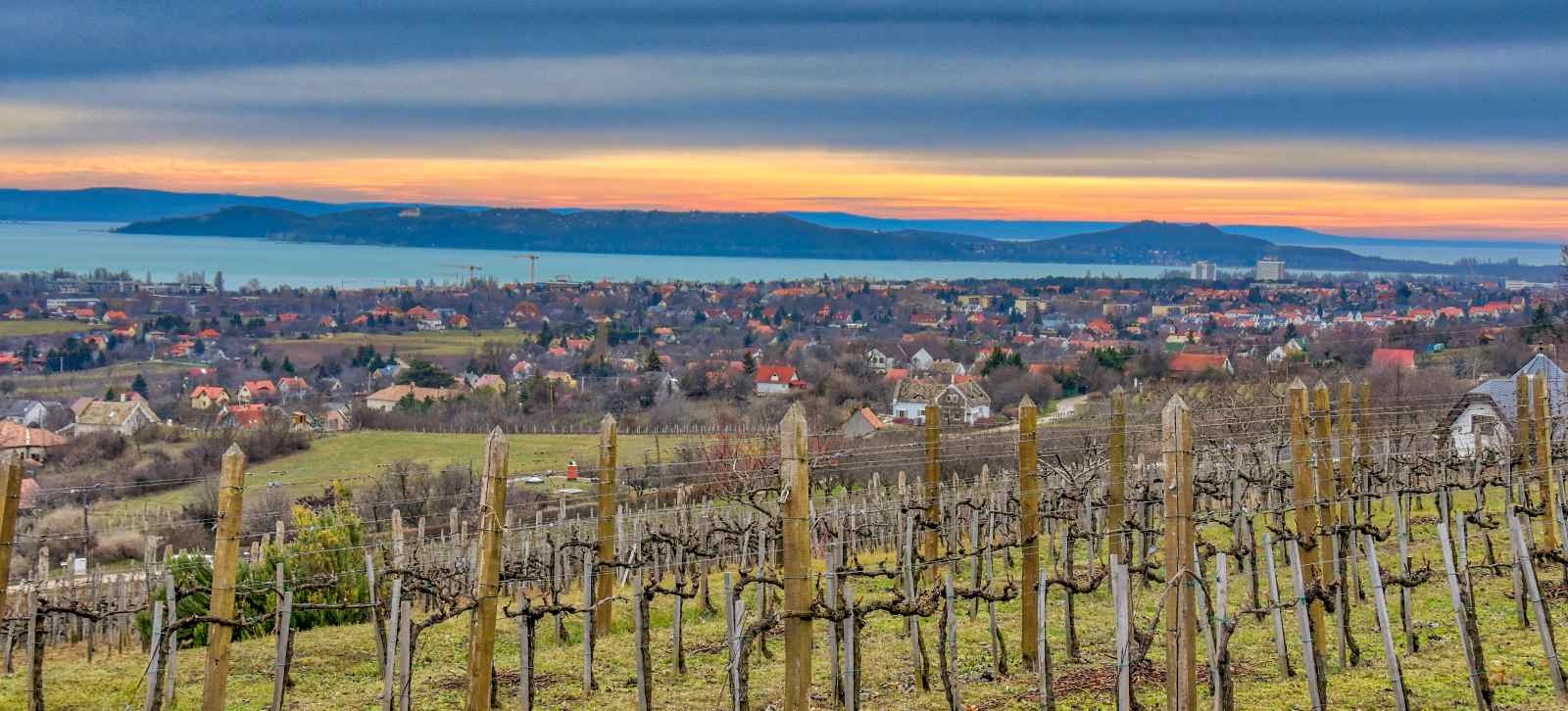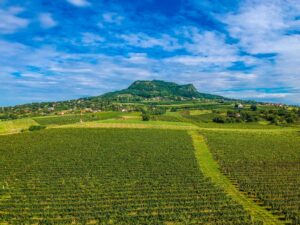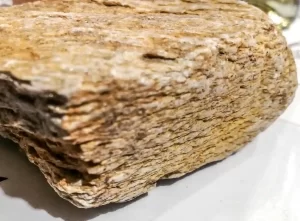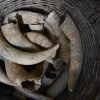The 1st of February is Furmint Day and every year the Big Furmint tasting takes place at the beginning of February in the capital of Hungary, Budapest.
One of its kind with 100 wineries and focus on dry Furmint, from single vineyards to one or the other blends and fine sweet wines as well.
Furmint the story
The variety is most likely home to today’s Hungary and probably with origin in the Tokaj region as well. While there are some discrepancies when it was first mentioned, some say 1571. Others point in the documents to 1623 nevertheless it was an important variety across Hungary, as well as in Burgenland and Syrmia. It is an off-spring of Gouais blanc and most likely Alba imputotato. It is cultivated on 3950 hectares across Hungary and is the 4th most planted variety. Tokaj with over 3400 ha is by far the most significant growth area for the variety, followed by Somló and the Northern side of the Balaton area.
The white grape variety, Furmint has generally a high acidity and gives a medium to full-bodied wines. While it is neutral in style some of the aroma composition reminds one of quince apple or quince pear. Or simply, quince in general with some peach, and apricot notes, but if done well it reflects very well the provenance.
And this is our main objective let us look at the various origins in Hungary and what’s the most general wine style within the respected wider origin. Much depends on the individual winemaker, vintage and several other factors but let’s hone in on the style of Furmint.
Somló Furmint
Arguably beside Tokaj the most important area for Furmint. Historically the area produced more field blends, the 397-hectare shares ca. 80 ha Furmint, the variety is the third most planted grape after Olasz rizling and Juhfark. The soil is known to be of volcanic origin basalt underlined by sandstone, loess, and clay. The climate is moderately continental with a warming influence from the Kis-Alföld basin. The wines usually have a distinctive oily texture, and high acidity yet is well-structured with a smooth, suave texture, medium to full body and elevated alcohol. Depending on the vintage and closer provenance sometimes with a green herbal tone, but distinctive mineral, wet-stone, flint-like salty notion. Very exciting indeed with time they develop beautifully, they need time in the bottle too.
Badacsony Furmint
There is a certain balance in this 1119 ha area and 20 ha is Furmint. Much depends on the individual site. The product specification does not highlight any single vineyards, but individual names of the „mountains” (e.g. Badacsony, Szent György, Csobánc) are permitted. Here the distance to the lake and protection within the basin play an important role (e.g. it’s more the meso-climate, than the soil). The soil is mainly volcanic in nature, basalt tuff, tuff, with some sandstone from the ancient Pannon Sea. What about Furmint? It’s popular usually with a fine purity on the fruit, zesty lemon juice-like acidity, crisp and well-balanced medium body and alcohol. All are well-structured aiming for an equilibrium.
Balaton-felvidék Furmint
Historically important for Furmint, as in the past along the Northern side it was one of the most planted grapes. Olasz rizling took over after phylloxera and sometimes it remained as a blending partner (adding acidity to Olasz rizling). Small area and the historic sub-district are only: Mindszentkálla, Kövelkál, Szentbékkála, Hegyesd and Balatonhenye. Zalahaláp and Sáska. Limestone, sandstone and volcanic basalt dominate the soil in the Káli-basin with an added cooling element of winds from the Bakony and less tempering by the Lake Balaton. There are more extreme styles when it comes to Furmint, high acidity and depending on limestone soil perhaps a more cream tone, while the basalt supports more depth on the mid-palate and savoury elements too. The Főbor is always rich with some sweetness, pronounced and showing tight minerality. An exciting place, this 685 ha area of which ca. 10 ha is Furmint.
Balatonfüred-Csopak Furmint
Historically important variety, from the 1743 ha vineyard surface, ca. 22 ha are planted with Furmint. Balaton and the Bakony are the main influencing factors of the climate. In some parts around Csopak, you find red iron oxide, Terra-Rossa soil as well as marl. Furmint often shows a more oxidative, sturdy, lean style with gentle, restrained aromatics and more on the spicy side. While it is officially only a red grape appellation, Tihany, I would be curious how Furmint performs on the peninsula.
Mátra Furmint
One of the most fascinating origins within Hungary. It’s a big area of 5638 ha planted with grapes and only ca. 10 ha is Furmint. Moderately continental climate with the influence of the Mátra mountain range from the North and open to the South. The soil structure is hugely diverse from clay to volcanic soil such as andesite, rhyolite, tuff as well as loess. But put it mildly it is a „hot mess” (too many grape varieties, no distinctive style, and much more) situation when it comes to defining a message of the district. Narrowing it down to Furmint since so very little it’s once again hard. Yet you could say, the dry Furmint may highlight the closer provenance, by having medium to high alcohol, and high acidity. The acidity is more square-like and nervy in texture, while the fruit is restrained and if well made a certain minerality may also present not to mention the weight on the mid-palate.
Sopron Furmint
Around the town of Sopron, Lake Fertő is important, while in Kőszeg the higher elevation and even cooler air are influencing the style. 1401 hectares in size and Furmint makes up roughly 5 hectares of the plantings. The soil is rather different than in the rest of Hungary with the schist, gneiss and crystalline underground. Here its more about the fruit, quince, and some herbal cool notes with a vivid acidity but certainly medium or medium-light body and also medium alcohol. Zesty and crisp nevertheless but usually less weight.
Tokaj Furmint
This should be a whole separate entry as it’s vastly complex…
Check out the Hungarian podcast with Dániel Kézdy on the Furmint February








